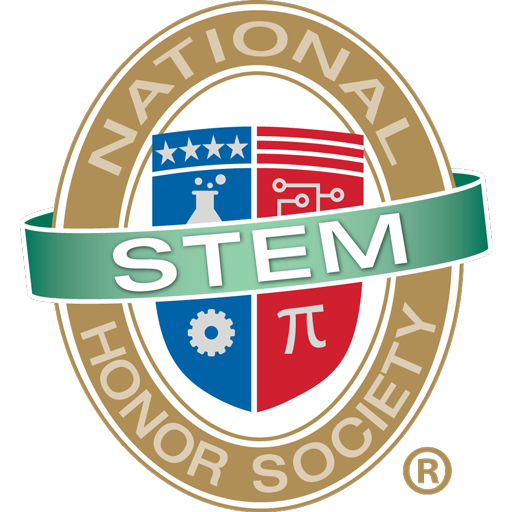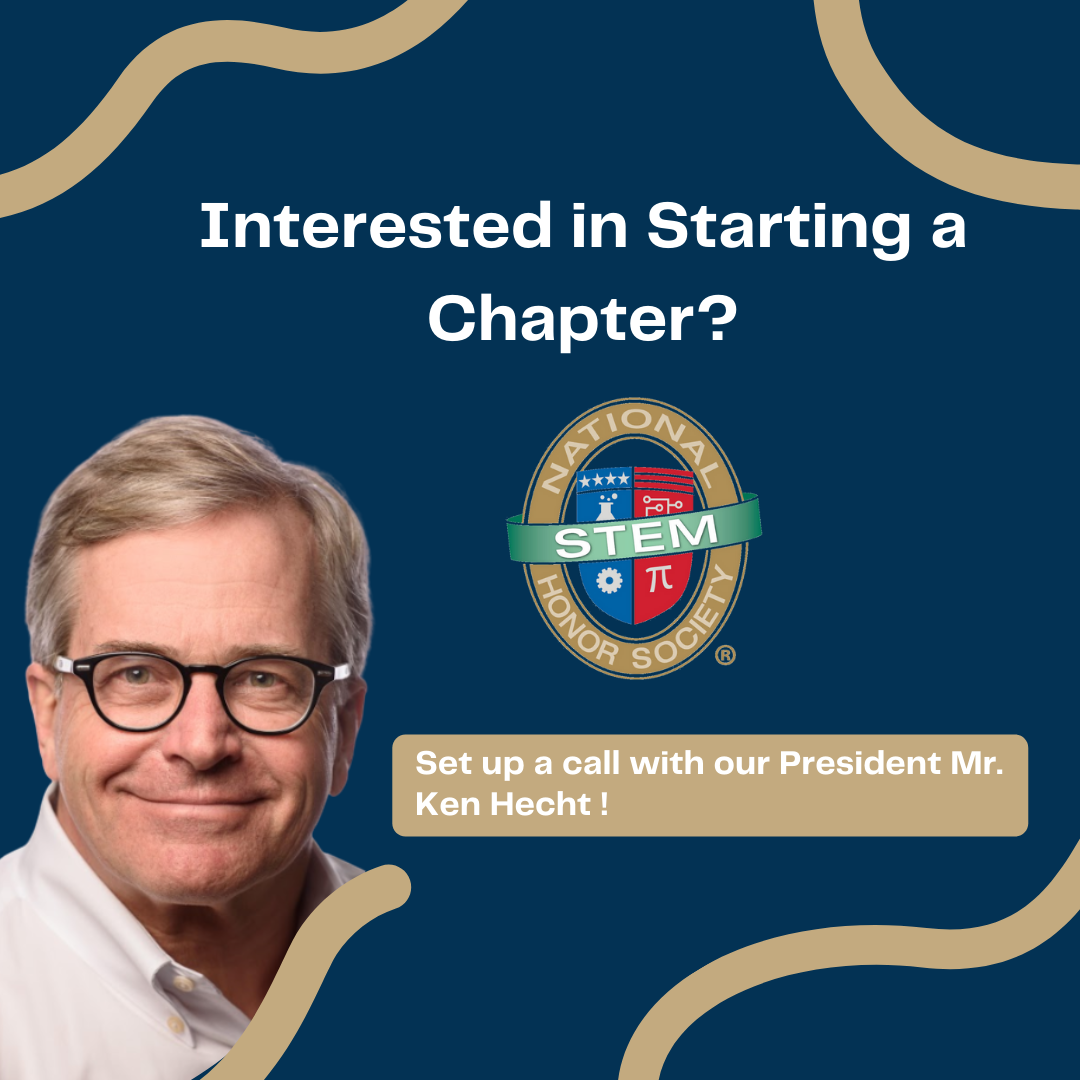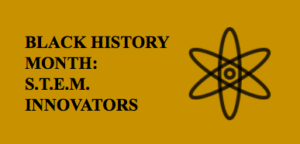
STEM Innovators
In honor of Black History Month (February), NSTEM wants to feature an African-American scientist, technologist, engineer, or mathematician each week. This week NSTEM decided to feature Lonnie Johnson, Mae Jemison, and Neil deGrasse Tyson.
Lonnie G. Johnson — Inventor, Scientist, and Engineer
Lonnie Johnson was born on October 6, 1949 in Mobile, Alabama. He began to realize his passion for STEM in high school: “I built a four-foot tall remote control robot with pneumatic cylinders that operated its hands,” which won first place in the science competition. He completed his Bachelors of Science in Mechanical Engineering and a Masters of Science in Nuclear Engineering at Tuskegee University. After graduating, Johnson served in the U.S. Air Force and later worked at the NASA Jet Propulsion Laboratory.
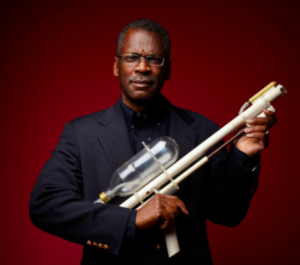
While Johnson was ”offered a job at the NASA Jet Propulsion Laboratory where [he] invented a power supply mechanism for the Galileo spacecraft which was in orbit around Jupiter until 2013,” he claims that he developed the idea of a Super Soaker “after hours while working as an engineer for NASA’s Jet Propulsion Laboratory.” Johnson’s hard work has paid off in many ways. In 1989, Johnson developed the Super Soaker toy. It became the number one selling children’s toy with over $1 billion in revenue. He currently holds 80 patents (and 20 more pending), one of which is for his Super Soaker. Both the Air Force and NASA use his inventions to make a huge impact in the world.
Johnson is an incredible STEM innovator who has utilized his skills to create a toy that all children dream of, serve in the Air Force, and work at NASA. NSTEM commends Johnson in all of his efforts and innovations!
“I think America’s strength is in innovation.” – Lonnie G. Johnson
Mae Jemison — Astronaut and Doctor
Born on October 17, 1956 in Alabama, Mae Jemison’s parents had no idea of the wonderful accomplishments she would soon achieve. She was incredibly smart from a young age and quickly “developed interests in anthropology, archaeology, and astronomy.” Among other things, she also was “active in school government, acted in plays, and studied dance.” It was clear from early on that Mae would impact the world in more ways than one.
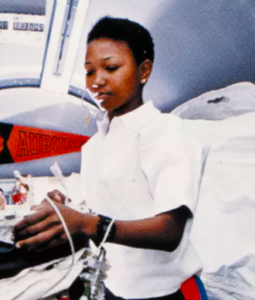
Mae graduated high school at the age of 16 and went on to study at Stanford University. Here, she received a Bachelor of Science degree in Chemical Engineering. She also received a Bachelor of Arts degree in African American Studies. Then, she went to Cornell Medical School and received her Doctorate in Medicine. After completing her education, Mae spent time in the Peace Corps as a doctor for 2 years; she opened up her own private medical practice following her departure from the Corps.
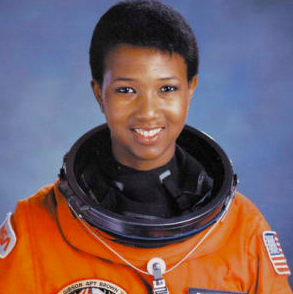
Inspired by Sally Ride’s accomplishment as the first female in space, Mae applied to NASA’s astronaut training program. The program chose her as 1 of 15 members. She earned a job as a Mission specialist with the Endeavor crew and was selected to go into space. In 1992, on the spaceship Endeavor, Mae Jemison became the first African-American woman to orbit the Earth in space. The Endeavor returned to Earth on September 20, 1992 after 127 orbits. Mae was inducted into the National Women’s Hall of Fame and the International Space Hall of Fame for her accomplishments.
Apart from her space endeavors, Mae remains active in her medical background. She is currently working on projects “that focus on improving healthcare in Africa and advancing technology in developing countries.” NSTEM applauds Mae Jeminson for her service with the Peace Corps and NASA and for being an amazing STEM influence.
“Never limit yourself because of others’ limited imagination; never limit others because of your own limited imagination.” – Mae Jemison
Neil deGrasse Tyson — Astrophysicist and Astronomer
Neil deGrasse Tyson was born on October 5, 1958 in New York City. He “popularized science with his books and… appearances on radio and television.” When he was a child, Tyson took a trip to the Hayden Planetarium (where he later became the Director).
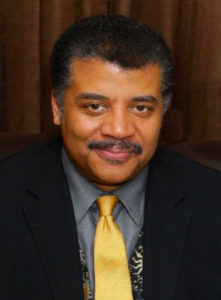
Tyson received a Bachelor’s degree in physics from Harvard University and a Master’s degree in astronomy from the University of Texas (UT). At UT, he worked on a question and answer column in UT’s astronomy magazine, the StarDate. Tyson went to Columbia University where he received a Post-Doctorate degree in Astrophysics in 1991. From 1991 to 1994, he completed postdoctoral research at Princeton University. When asked about the study of the origins of life, Tyson said, “one thing that distinguishes us today from the discoveries of the past is the extent to which the exploration of the universe has become multidisciplinary.”
Now that Tyson is the Director of Hayden Planetarium, he says, “I never dreamed that I’d be director of the Planetarium. But now that I am, one of my greatest privileges is signing the certificates of completion for classes taken by youths and adults.” Clearly, Tyson is a remarkable individual who strives to make the STEM community better, which NSTEM admires.
“There is no greater education than one that is self-driven.” – Neil deGrasse Tyson
Written by Chelsea Kowal
Visit the NSTEM page for more posts about our STEM community!
